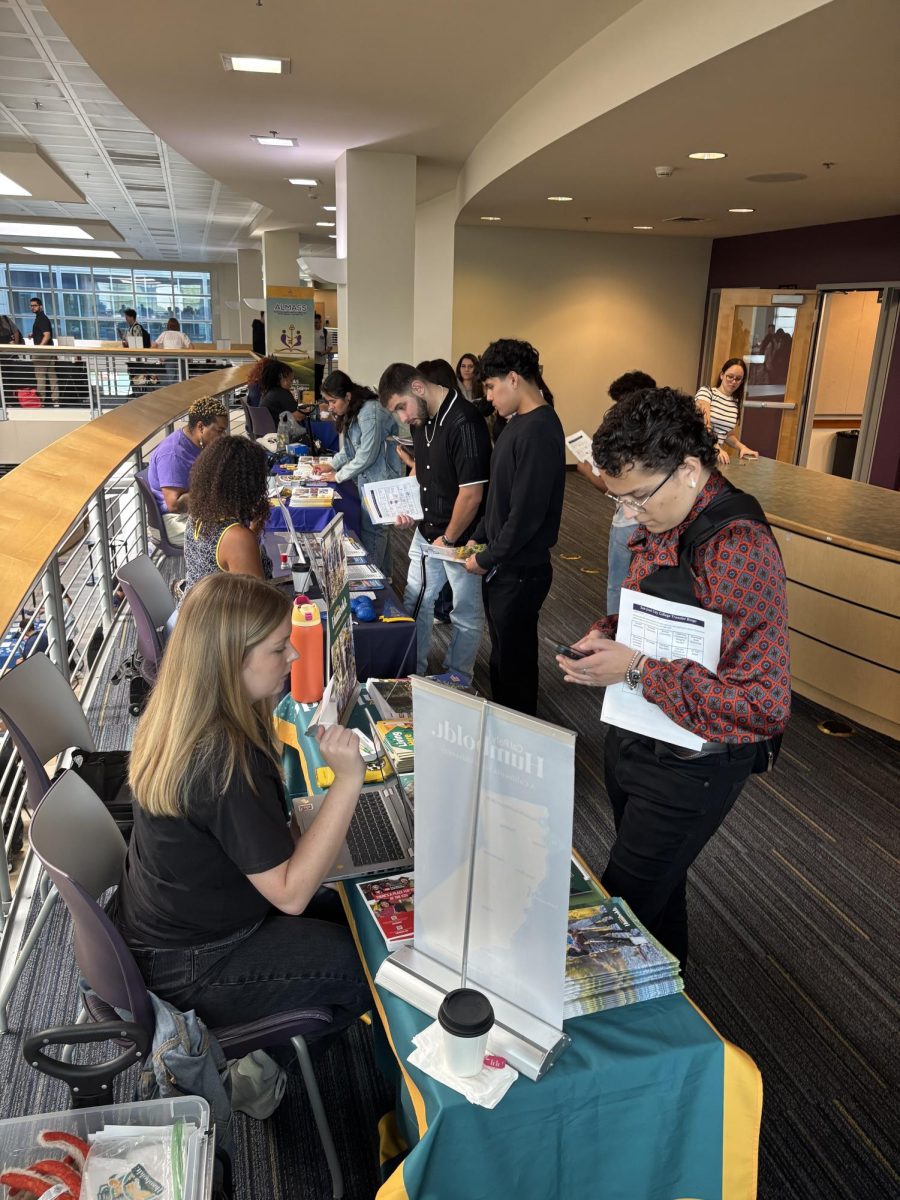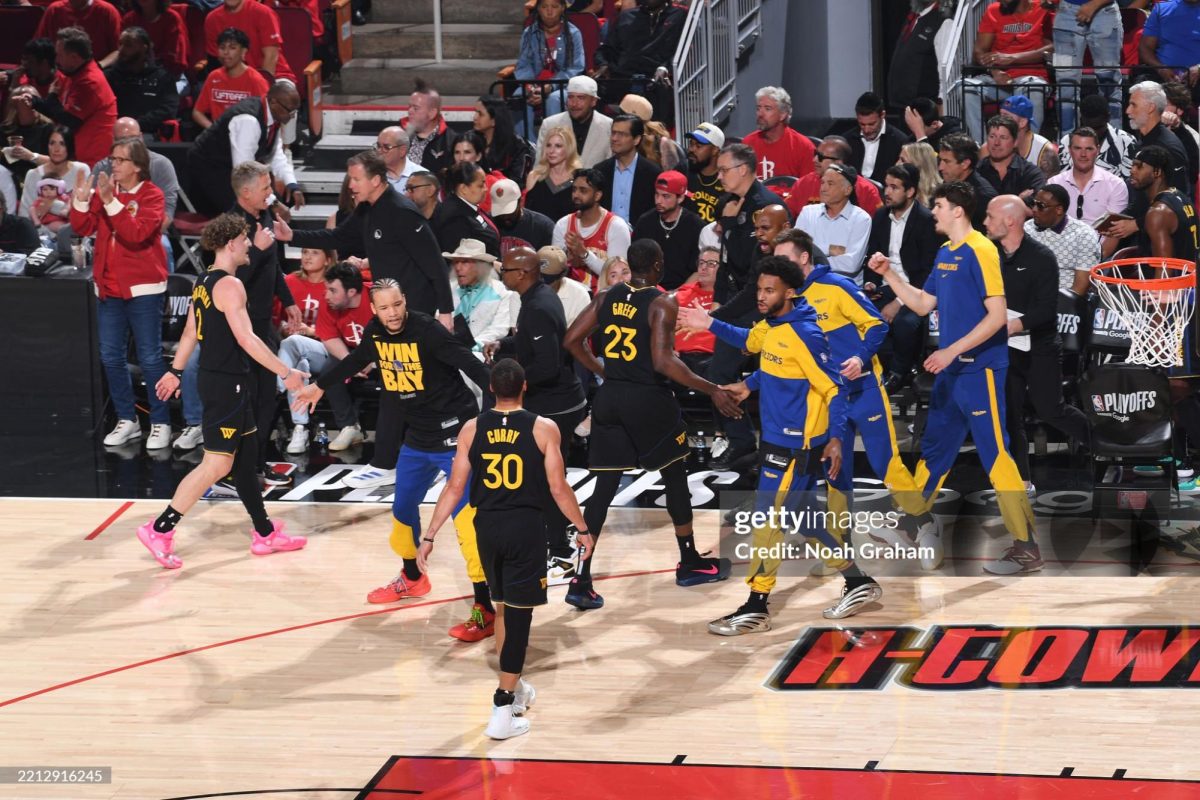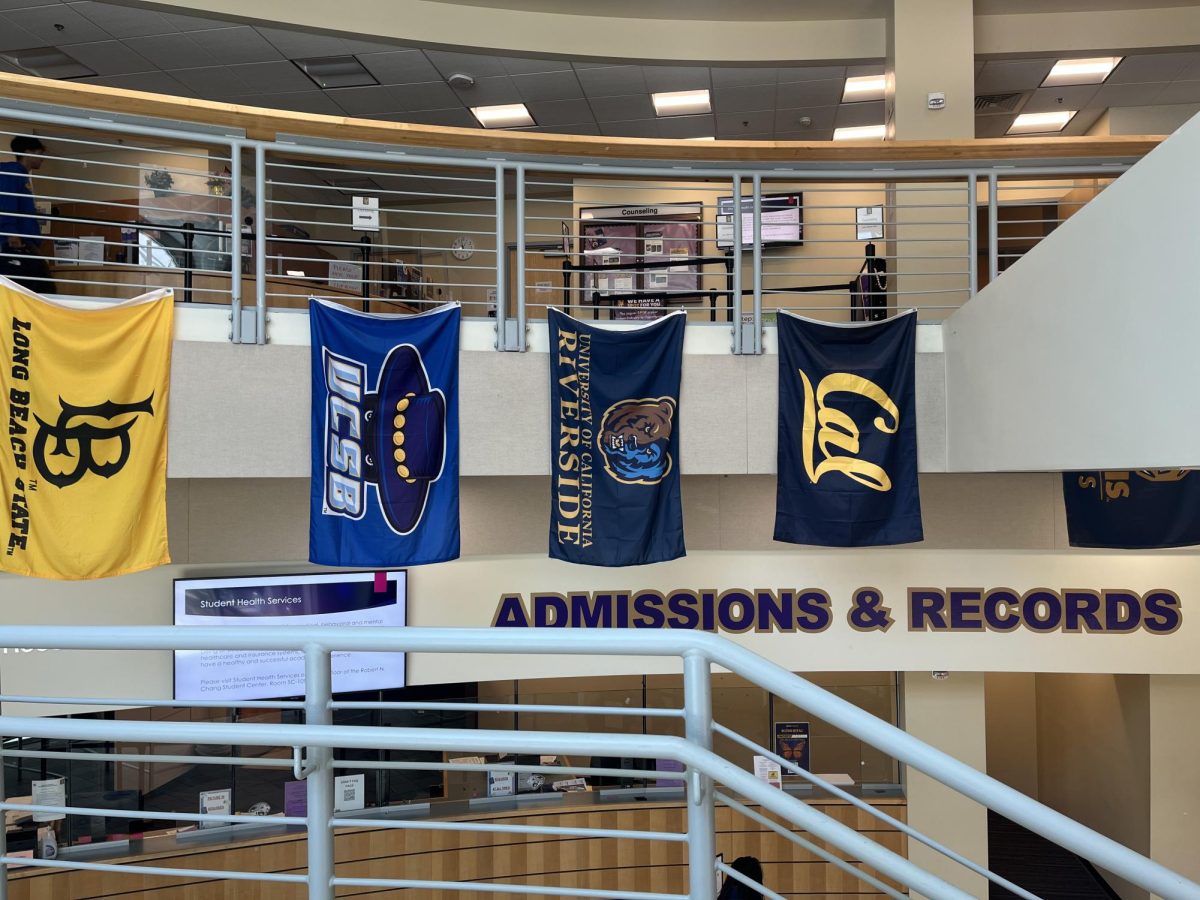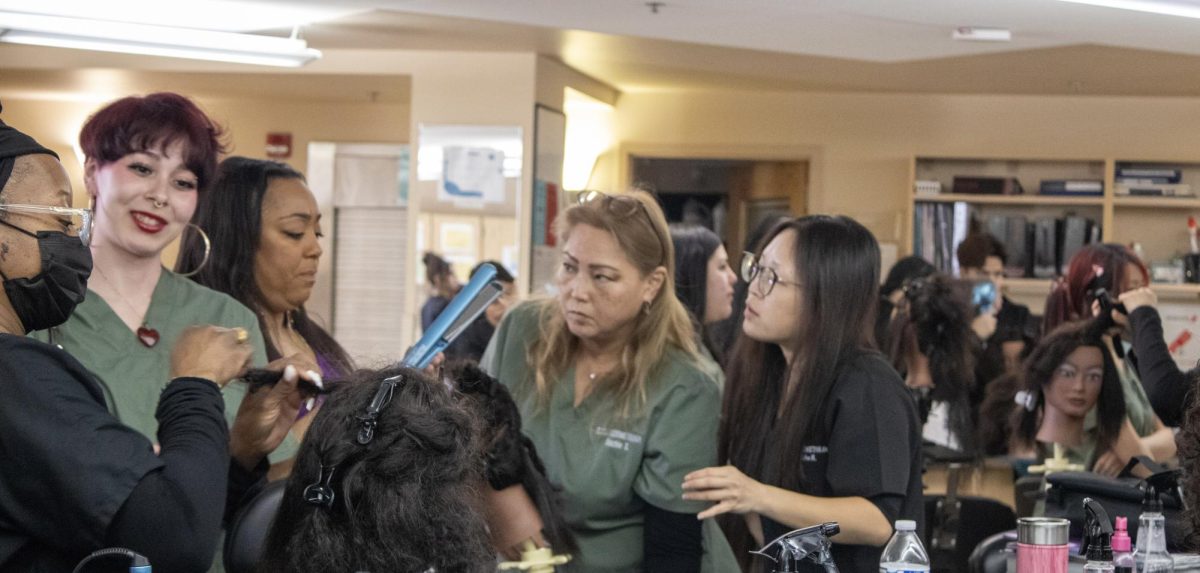Graphic imagery incites response from student body
Project Truth, a pro-life group, demonstrated in front of the Student Center on Tuesday, March 4. They set up signs with images of post-abortion fetuses and handed out pamphlets full of graphic imagery.
These pamphlets not only compared the practice of abortion to the Holocaust of Jews, homosexuals and other ethnic minorities, but also the Bosnian genocide and slavery in the American South.
It proposed abortion is a systematic attempt to murder African-American children and stunt the growth of their population specifically.
They used quotes such as “abortion is womb-lynching,” and accused organizations such as Planned Parenthood of scheming to eliminate the African-American community.
The demonstration was not without controversy. The police were called on the group, and complaints were made to the offices of both Elaine Burns, vice president of student affairs, and Blake Balajadia, director of student development and activities.
Similar to merchants who sell jewelry and posters in front of the Student Center, groups who wish to assemble on campus are required to submit an application to Balajadia and agree to follow certain rules.
The group’s right to be on campus falls under the right to free speech and expression.
“If someone has a viewpoint, whether or not we agree with it, we are a state-funded institution and a public campus,” Blajadia said. “We have to let them on the campus.”
As long as they were not causing direct harm or “hawking,” deliberately isolating students and disrupting them with their presentation, they could stay on campus.
“They were not shoving anyone, they were not yelling at anybody and they were not using hate speech or inciting violence,” Balajadia said.
He said someone had called the police, but the demonstrators were still within their rights and had not violated the terms of the vendor’s agreement.
Their usage of graphic imagery, however, left an impact on students.
“Some people on this campus have gone through that,” said Tara Turner, 22, child development major. “Seeing that could be really bad for them.”
The imagery and comparisons in the pamphlets left a sour taste in students’ mouths.
“As soon as I saw what was inside, I couldn’t read it,” Turner said. “There was no warning.”













